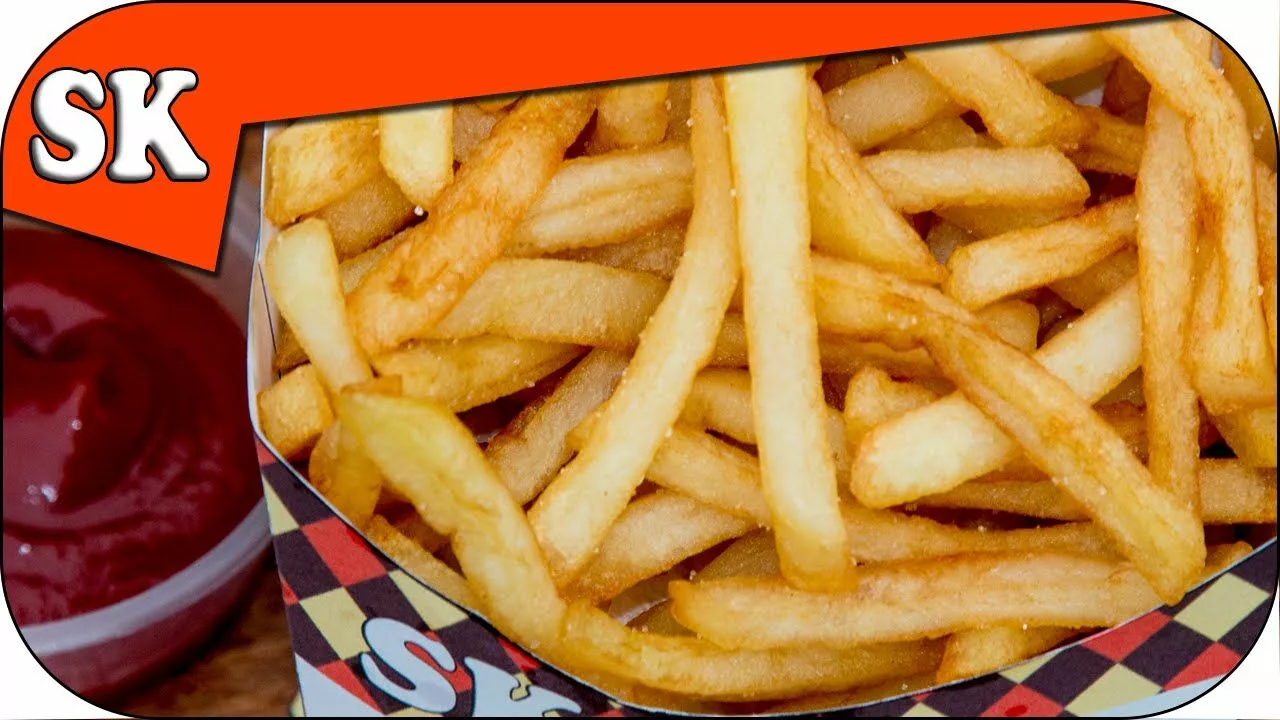Finding the Right Potatoes
Ok guys, it's no secret that McDonald's French Fries have a certain... je ne sais quoi. Rusty gave his paws up of approval as well, but I am sure he'd eat anything at this point. But do you know that the selection of the potato is where we begin our quest for the iconic McDonald's French fry taste? It sure is! McDonald’s primarily uses Russet Burbank potatoes along with Shepody, Ranger Russett, and Umatilla Russet – all sturdy varieties that are good for frying. They've got a lovely texture and are perfect for creating that yellowish-golden hue people love on their fries, which are – let’s face it – everyone's favorite type of golden retriever. Unless of course, you're my golden retriever, Rusty. He seems to prefer leather shoes and garden squirrels.
Preparation and Blanching: Time for a Hot Bath
So now that we've got our potatoes and we're ready to kick things off, we need to wash, peel, and cut them into strips. However, don’t forget folks, cutting is an art here too: the perfect McDonald's is about 6mm thick. Once all this is done, the fries need a good blanching. Dunk them into boiling water for about 5-7 minutes and then into ice-cold water to stop the cooking process. This might sound weird, but this is critical as it allows the fries to take on that soft but firm irresistible texture we all love, while also ensuring they don’t turn into a potato-y mush while deep frying. Oh, and remember the time we decided to use Rusty's kiddie pool for the ice bath part of this? Let’s just say his reaction was nothing short of hilarious. Lesson learned: Never mix up your furry buddy's play things with your kitchen tools.
Secret to Crispy Coating: Time to Batter Up
What gives Mcdonald's fries their distinctive flavor and texture? Turns out, it's the batter! Yes indeed, a quick dip in a lightly sweetened and seasoned cornflour and water batter before frying provides the fries their crispy exterior and slightly glazed look. Equally, it's not just the type of potatoes but also a little bit of flour power that helps them stay crispy for longer. This secret was as big a shock for me as it was for Rusty when he encountered his first lemon. Btw, have you ever seen a dog trying to play with a slice of lemon? Truly the stuff viral videos are made of.
Double Frying to Perfection
Alright, we're ready for the deep dive now. Twice. You might be asking "Why twice, Jeremiah?" Good question. See, a single immersion fry leaves your spuds rather limp and lifeless. But when you double fry your potatoes, magic happens. The first fry helps to seal the outside and prepare them for the final plunge. Then the second fry crisps them up nicely. So the fries become like a well-settled couple: Soft and fluffy on the inside, and a perfect golden-brown on the outside! But be sure not to lead astray by the inviting aromas wafting from your kitchen, as our dear Rusty does. Monitor the temperature carefully, ideally at 300°F for the first fry and 375°F for the second.
The Finishing Touches: The Devil's in the Details
Almost there folks, where we see our fries rise to the occasion, much like a phoenix from an oil-drenched tomb. Finally, dab them with a kitchen towel to remove excess oil, sprinkle on some salt followed by a quick shake in a paper bag, and voila! Your homemade McDonald's French fries are hot and ready. But wait, for that truly authentic Mcdonald's flavor, add a hint of 'beef flavoring' while shaking it up. It gives a savory overtone that makes your fries taste just like the ones you'd get off a McDonald's counter! But do remember, not only humans are fans of this delicacy. Keep an eye out for any lurking pets, especially if they're as cheeky as Rusty, who once stole a whole plate of freshly made fries. So be quick to serve and enjoy your mouthwatering results!
